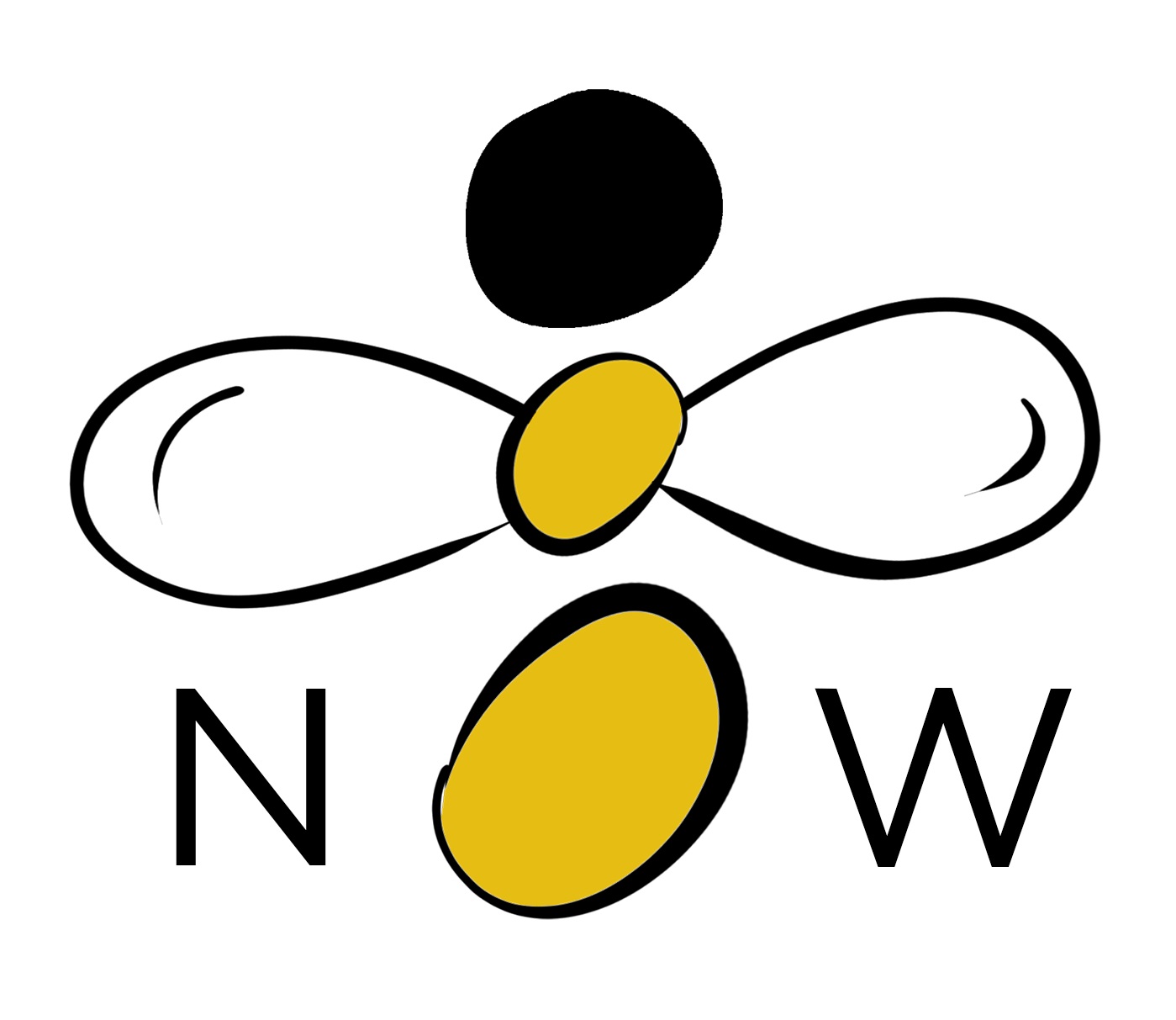 There are few things I love more than interviewing an inspired artist to explore his or her unique attitudes and identities. Recently, I sat down with Judith Essex, an Expressive Arts practitioner and Director of Expressive Arts Institute in San Diego, Ca. Judith applies art-making as a tool to help people create change, growth, and healing. Before getting into Expressive Arts over 40 years ago, Judith used to be a performance artist, and now she mainly considers herself a teacher and art maker at the institute.
There are few things I love more than interviewing an inspired artist to explore his or her unique attitudes and identities. Recently, I sat down with Judith Essex, an Expressive Arts practitioner and Director of Expressive Arts Institute in San Diego, Ca. Judith applies art-making as a tool to help people create change, growth, and healing. Before getting into Expressive Arts over 40 years ago, Judith used to be a performance artist, and now she mainly considers herself a teacher and art maker at the institute.
With a deep and dynamic presence, she is playfully attuned with the feelings and gestures that arise. During our conversation, we talked about the idea of to make art is to be human, commitment to an aesthetic life, and how art making creates a sense of sustenance and resilience in people – art as a means to survive.
Life is filled with all sorts of emotions: fear, sadness, confusion, excitement, gratitude, love. How we move through the emotional scale is based on our ability to play with the stories we tell ourselves. It is the feelings in our stories that gives us an idea of who we are. Our stories determine our career goals and the kind of relationships we want to build. There is a creative control in storytelling which makes it a deeply personal and sacred art form, a daily source of vision and inspiration.
From this basic premise, my story takes many forms, adventuring me through unknowns and allowing me to encounter incredible people and places.
My story is about saying yes to life, watching for inspired clues, and being clear about my purpose. From this basic premise, my story takes many forms, adventuring me through unknowns and allowing me to encounter incredible people and places. Sometimes, I also discover stories I tell myself that seem counter to my mission. For example, “I’m not good enough” or “they won’t like me” which I openly examine and include in the discovery process.
Spend 10-15 minutes openly writing out the stories that say where you are in your relationships or career goals. Do not try to be perfect. Find your most honest thoughts. In the Power of Story, Jim Loehr suggests asking these two questions when uncovering the true substance of a story:
- Is the story true?
- Why is the story being told? What’s the purpose?
Here are some other questions to consider as well:
- What kind of story do I want to create to elevate my career and relationships?
- What is the pace and tone of the story?
- What key themes do I want to refine or expand?
The exercise aims to illuminate our blindspots by going into the stories, stepping out, and rearranging themes and characters to arrive at something that moves us at the core.
What’s your story?
